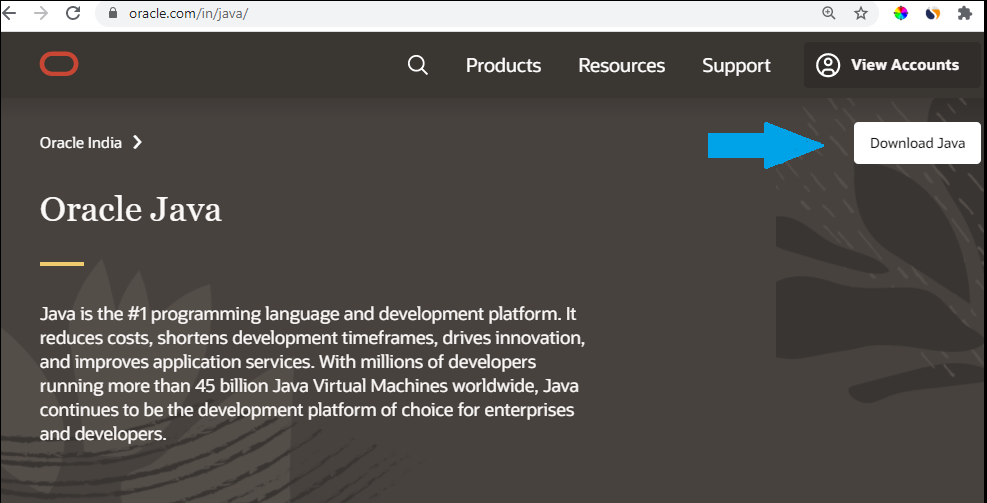

The Java virtual machine gains some extra registers that it can use to create more efficient native instruction sequences. The loading of this additional data increases memory usage, which results in slightly slower execution depending on how many pointers are loaded during your Java program’s execution. This is because each native pointer in the system takes up eight bytes instead of four.

Because the size of the OOP (Ordinary Object Pointer) has increased from 32 to 64 bits, the same Java application will use more memory in the 64-bit JVM than in the 32-bit JVM.The 64-bit JVM is especially useful for Java applications with large heaps, such as those that use more than 100 GB of memory as a maximum.In a 64-bit JVM, you can specify more memory for heap size than in a 32-bit JVM for example, in a 32-bit JVM, the theoretical maximum memory limit is 4GB, whereas 64-bit is much higher.ISRO CS Syllabus for Scientist/Engineer Exam.ISRO CS Original Papers and Official Keys.GATE CS Original Papers and Official Keys.DevOps Engineering - Planning to Production.

Python Backend Development with Django(Live).Android App Development with Kotlin(Live).Full Stack Development with React & Node JS(Live).

Java Programming - Beginner to Advanced.Data Structure & Algorithm-Self Paced(C++/JAVA).Data Structures & Algorithms in JavaScript.Data Structure & Algorithm Classes (Live).


 0 kommentar(er)
0 kommentar(er)
